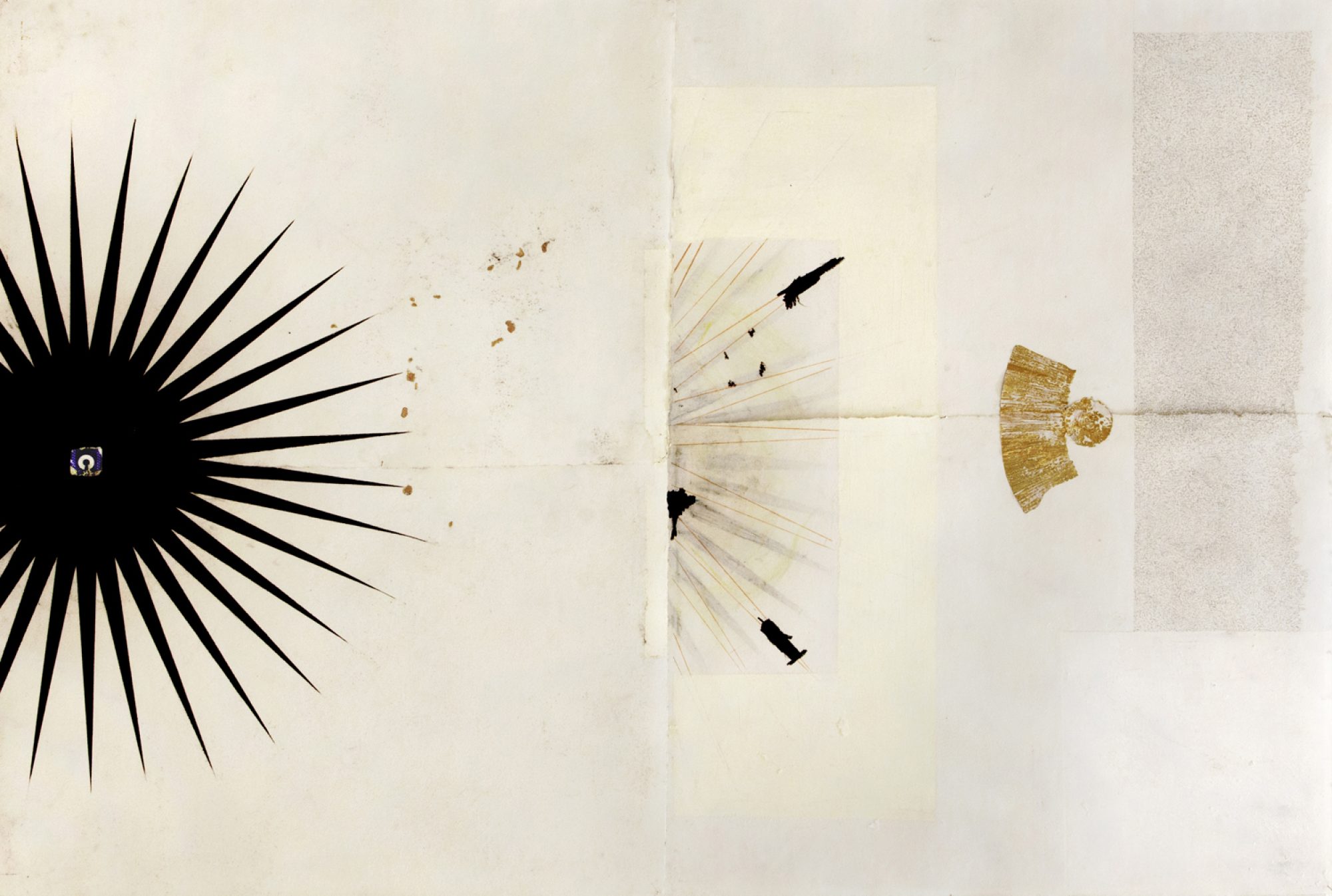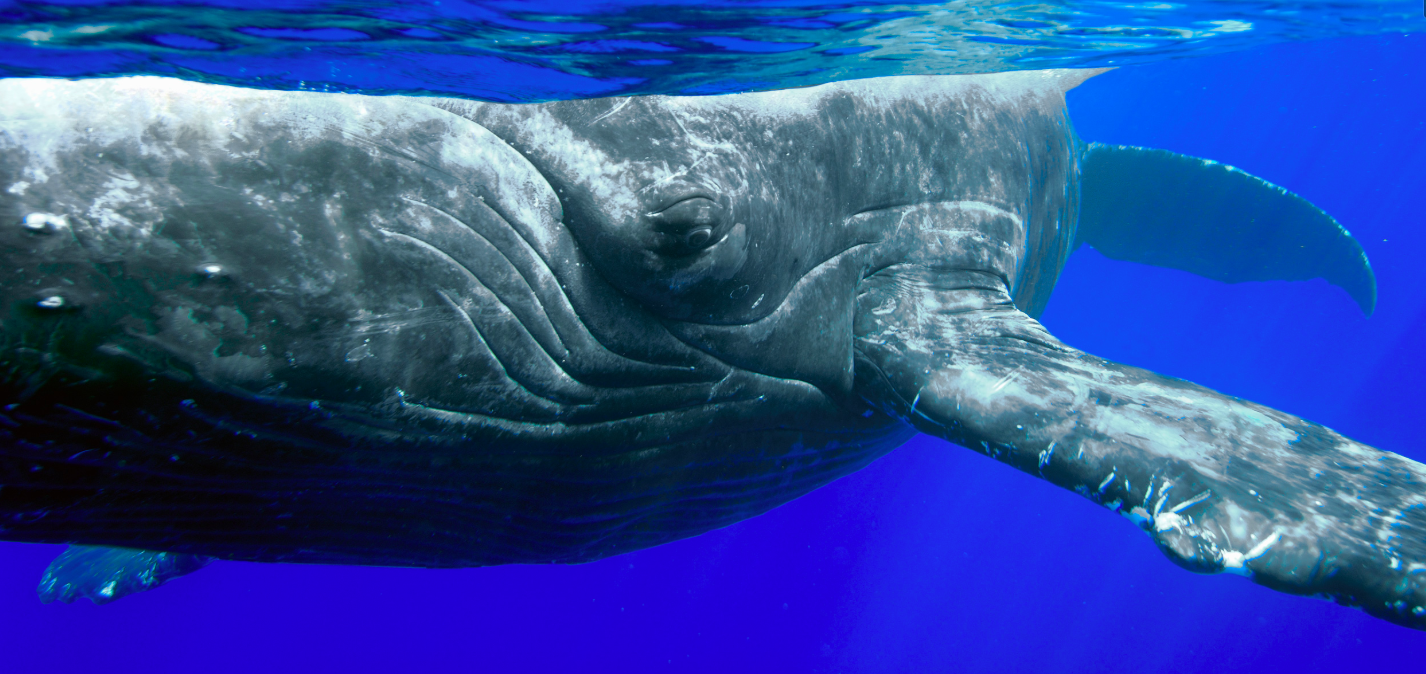Elin Kelsey
Paper: Crowd-sourcing hope and cultivating interspecies relationships in the Age of the Anthropocene and the Digital Revolution
Abstract:
The Digital Revolution is unleashing new understandings about life on Earth that rival the impact of the 15th Century discoveries of Columbus and Magellan (Arts, van der Wal & Adams, 2015). This new wild world is not the passive, subservient, humans-at-the-top version described in Aristotle’s great chain of being (Henning, 2014). It is a world where humpback whales use their social networks to improve their populations’ recoveries and mother trees distribute their energy across their root networks to improve the resilience of the forest. It is a world filled with the capacity to act and interact. And all that action and interaction creates resiliency in circumstances we might never have imagined.
Yet environmental news in mainstream media continues to be overwhelmingly reported as “bad news.” (Project for improved environmental coverage, 2015; McCluskey, Swinnen & Vandemoortele, 2015). And, doom and gloom remains the de facto environmental narrative not only for the ways in which we communicate environmental issues but also for the ways in which a range of environmental disciplines frame their fields of study. Environmental issues are real and horrific. But failing to separate the urgency of environmental issues from the fear-inducing ways we communicate them, blinds us to the collateral damage of apocalyptic storytelling. Hopelessness undermines the very engagement with environmental issues we seek to create.
In this paper, I describe the rise of optimism in the conservation movement. In 2014, I co-launched a twitter tag in an effort to crowd source and share examples of hopeful conservation successes (Kelsey, 2016). #OceanOptimism reached more than 75 million people in its first two years. It continues to spread across instagram, snapchat and other social media platforms and has sparked new campaigns for #EarthOptimism, #ConservationOptimism, #ClimateOptimism and more. This groundswell of optimism is sweeping through the global environmental community and has been embraced by leading public institutions including the Zoological Society of London and the Smithsonian Institution.
The rise of optimism embodies a revolutionary appreciation of the active capacity of other species and ecosystems to heal. Not in the superficial, “the earth will heal itself” rhetoric that abdicates human responsibility, but through a far-reaching recognition of recent breakthroughs in the study of the cognitive, social, emotional, and cultural experiences of other species.
How do you define radical hope?
I contend that it is not hope that is radical in the Age of the Anthropocene. What is radical is seeking to topple anthroparchy and its deeply entrenched belief in the superiority of humans over other species. Recognizing agency and self-efficacy in the other-than-human world, and creating sustainability practices and policies that amplify this collective capacity for resilience is fraught and radical – and long overdue.
How do you see radical hope emerging or playing out in your case study?
Life in the Anthropocene demands an embrace of the complexity, specificity and ambiguity of inter-species relationships. It challenges us to include the nonhuman world in pressing political, social, economic and cultural issues (Holm and Taffel, 2016). The most recent estimate puts the total number of species living on planet Earth at 8.7 million (Mora et al, 2011). These millions of species are active participants in the world. They drive resilience and recovery.
In this case study I argue that social networks – in both human digital and non-human cultural contexts – hold promise for sourcing and spreading conservation solutions which in turn beget hope.
Readings/Resources:
- Elin Kelsey giving a keynote on Wild Contagious Hope at the UN Life Below Water conference in Malmo, Sweden October 2017
- Read how others feel about hope and the environment on this exhibit created by the Rachel Carson Center for Environment and Society.
- Follow #OceanOptimism on twitter, Instagram, Facebook or snapchat
- Watch this TED talk by Suzanne Simmard about how trees talk to each other through social networks
- Watch this video on the capacity of whales to change climate
- Read (or listen) to this article on humpback whales and compassion
- Read this editorial on emotions and environmental education from the Canadian Journal of Environmental Education Vol 21 (2016)
- Watch this interview on hope and the environment with Elin Kelsey on The Green Interview.
- Visit this website on Earth Optimism: https://earthoptimism.si.edu/

